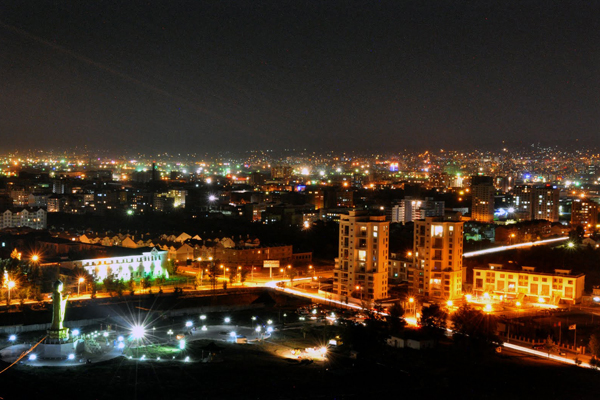

With over one-third of the country's population, Ulaanbaatar is by far Mongolia's largest city. It is also the transport and industrial center of the country. Often shortened to UB by foreigners, Mongolia's capital still has the look and feel of a neglected European city from the 1950s - but not for long. The old Soviet cars and buses are being replaced by newer Japanese models, apartments are being converted into flashy shops and it seems that every young Mongolian now has a mobile phone. Ulaanbaatar prides itself on being an increasingly modern (though still very laid-back) city. Despite all this, men and women still stroll along the main streets in traditional dress. Built along the river, the Tuul River, and surrounded by picturesque mountains, the center of Ulaanbaat...
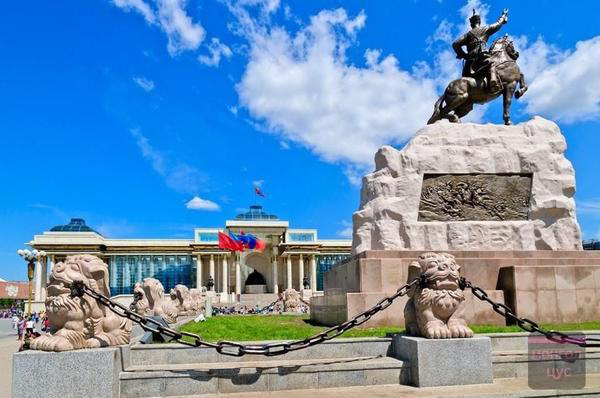

The square features a bronze statue of Sukhbaatar (1921-Revolutionary hero of Mongolia) astride his horse. In 2013 the city authorities changed the name from Sukhbaatar Square to Chinggis Khaan Square, although many citizens still refer to it by the old name. The enormous marble construction at the north end was completed in 2006 in time for the 800th anniversary of Chinggis Khaan’s coronation. At its centre is a seated bronze Chinggis Khaan Statue, lording it over his nation. He is flanked by Ogedei (on the west) and Khublai (east). Two famed Mongol soldiers (Boorchu and Mukhlai) guard the entrance to the monument. Behind the Chinggis monument stands Parliament House, which is commonly known as Government House. To the east of the square is the 1970s Soviet-style ...


Exhibits of the museum show the history and culture of Mongols from ages as early as the Stone Age and up to the modern days. Among 15 thousand exhibits of the museum are carpet and silk items of the Xiongnu period and leather boots of a Mongolian soldier of that time. The 1st floor has some interesting exhibits on petroglyphs, deer stones (stone sculptures of reindeer and other animals) and burial sites from the Xiongnu and Uyghur eras. The 2nd floor houses an outstanding collection of costumes, hats and jewellery, representing most of Mongolia's ethnic groups. The 3rd floor is a must-see for fans of the Mongol horde. The collection includes real examples of 12th century Mongol Armour, and correspondence between Pope Innocent IV and Guyuk Khaan. Written in Latin...
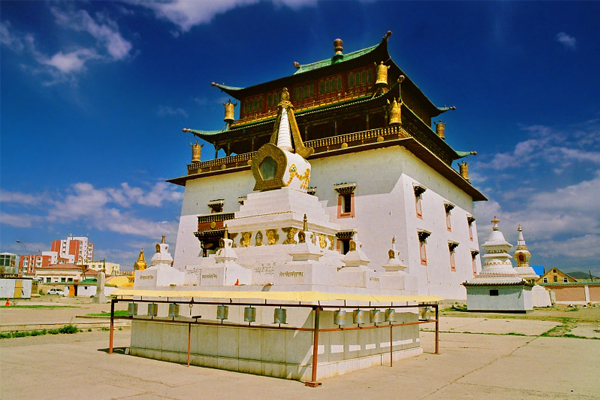

Originally situated in the center of Ulaanbaatar, Gandan Monastery was moved to its present location by the 5th Bogd Jebzundamba in 1838. Over the next century the Monastery grew to include nine datsans or institutes, a library and housed a community of around 5000 monks. Gandan became an important center for learning and practicing Buddha's teachings, not only in Mongolia but for the entire Mahayana Buddhist community. Small mobile monasteries functioned in Mongolia, and in 1838 the Gandantegchinlen monastery was founded as the religious center of Sutra-Tantra Buddhism at the site of Dalkha hill. It grew into a complex of colleges including a college of basic Buddhist teachings, departments of Astrology and Medicine, and as such was the largest center of the Mongolian Bud...
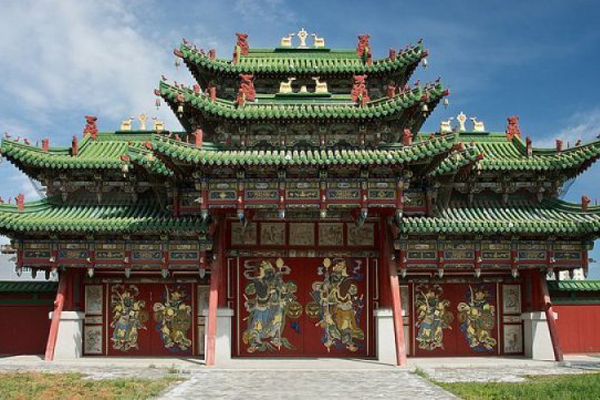

The Winter Palace of Bogd Khaan - one of the first museums in Mongolia - was built in 1924. It used to be a winter residence of the last Bogd Khaan of Mongolia, Javzandamba. The palace compound was built between 1893 and 1903, and is well known for its Gate of Peace, Temple and personal library of Bogd Khaan. Among the museum's exhibits are sculptures by Mongolia's first Bogdo Zanabazar, the famous Taras. The museum has 21 invaluable sculptures of Taras. The collections at the Palace Museum numbers over 8,000 exhibits, of these 72 are certified by the State as unique but others are priceless artifacts. This is the only remaining palace out of four residences where Bogd Khaan, the last Mongolian ruler, resided. This palace now displays the coll...
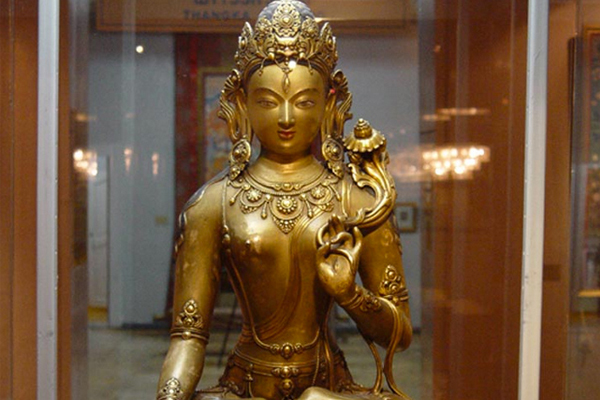

Zanabazar Museum of Fine Art in Ulaanbaatar was founded in 1966. Visitors can enjoy works of Mongolia's famous artists, and sculptors who lived before or in the early 20th century. Sculptures by Mongolia's first Bogd (living Buddha) and famous sculptor Zanabazar ("Five Gods" and "Taras"), as well as appliqués and sculptures in wood and stone by talented Mongolian craftsmen are among the 10 thousand exhibits of the museum. 25 of the 45 most precious works of art created by Mongolia's artists can be found in the museum. The Zanabazar Museum of Fine Arts has an excellent collection of paintings, carvings and sculptures, including many by the revered sculptor and artist Zanabazar. It also contains other rare and sometimes&nb...
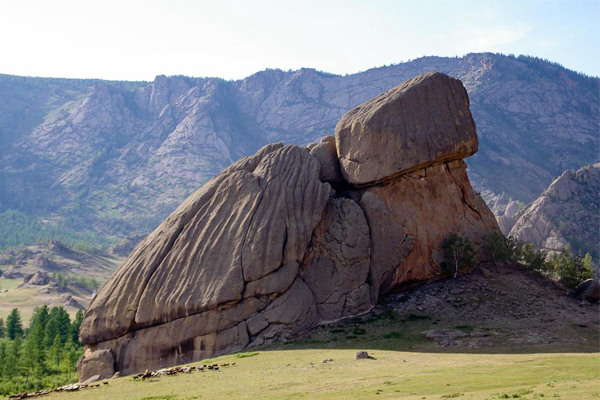

Terelj, about 80km north-east of Ulaanbaatar, is a deservedly popular destination. At 1600m, the area is cool and the alpine scenery is magnificent, and there are great opportunities for hiking, rock climbing, swimming, rafting, horse riding, visiting nomad family and so on. Most visited are the turtle rock and the dinosaur’s park. Terelj was first developed for tourism in 1964 and 30 years later it became part of the Gorkhi-Terelj National Park. To the north-east, the park joins into the Khan Khentii Strictly Protected Area, comprising over 1.2 million hectares of the Tov, Selenge and Khentii aimags. The Khan Khentii park is almost completely uninhabited by humans, but it is home to endangered species of moose, brown bear and weasel, to name but a few, and to over 25...
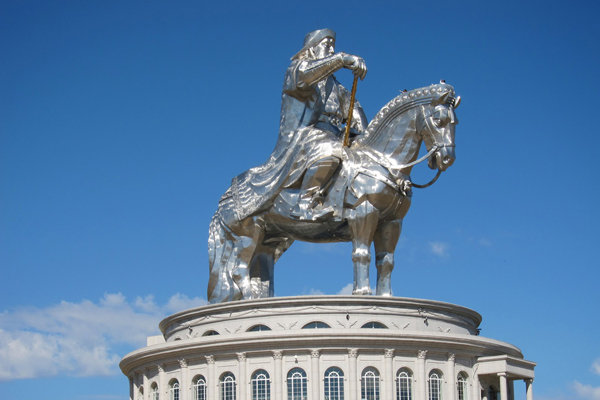

A gigantic statue of Chinggis Khaan riding on horseback was erected in 2008 on the bank of the Tuul River at Tsonjin Boldog, 54 km east of the Mongolian capital Ulaanbaatar, where according to legend, he found a golden whip. Here, Temujin (Chinggis Khaan's childhood name) becoming the great Khaan who conquered half the world after overcoming difficulties in his childhood when he lost his father, found a whip on the way back from Khereid's Toiril Khan, where he had gone to ask for help when Mergid had captured his wife in 1177. Finding a whip is perceived by Mongolians as a good omen. Therefore, finding the whip, Chinggis Khaan became greedy seeing it as a path being opened to the great cause. The haughty and yet honorable statue is surrounded by 36 columns represen...
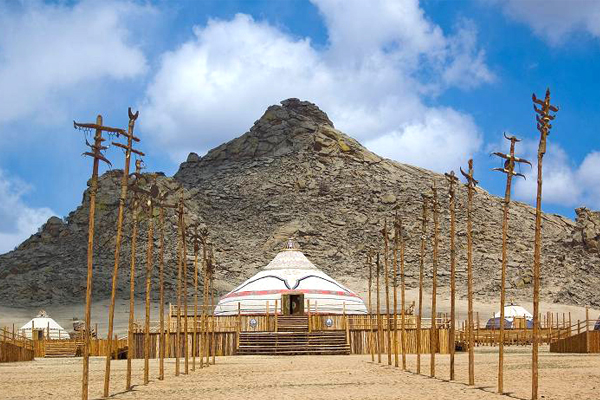

“13th Century National Park” is located in Erdene country, Yol Mountain 96km from Ulaanbaatar. The goal of “13th century” national park is build and establish real-time micro kingdom to make the lively feeling for its guests during their stay by genuinely providing true environment of the way of living and working of the 13th century. Visitors can enjoy annual celebrations, customs such as making felt cover for Gers, sling wool, sacred ceremony to praise flag, heaven by sacrificing, wedding, weeping camel, mare milking, sealing folks and organizing three games of men. Here the guests can dine with Khaans and Queens visit the residents of lords and learn to write in Mongolian scripts and play in horse-headed fiddle /Morin khuur/. “13th Century Nation...
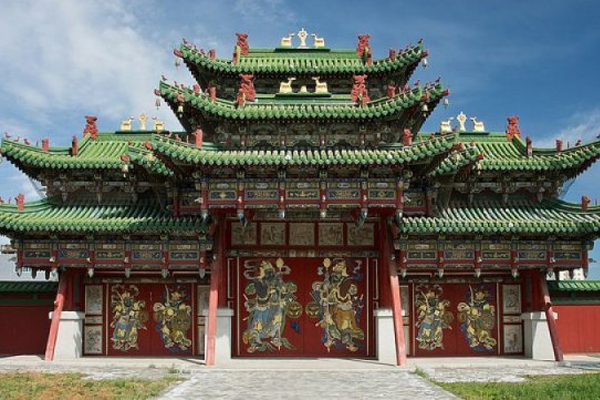

One of the two most popular destinations outside of Ulaanbaatar is Mt.Bogd khaan National Park. Lying to the south of Ulaanbaatar, Bogd Khaan Mountain has been a national park of the country since 300 years ago. The main entrance to the National Park is 46 kilometers to the south west of the city. With its nature and wildlife intact, Bogd Khaan Mountain boasts its beautiful scenery with green forests of pine, cedar, larch and birch covering the mountain. Place is ideal for hiking, horse riding and climbing as well as exploring the nomads daily lifestyle. Also you can visit the Manzushir monastery, 18-th century monastery in Southern reserve. Established in 1733, it had over 20 temples and was once home to at least 300 monks.
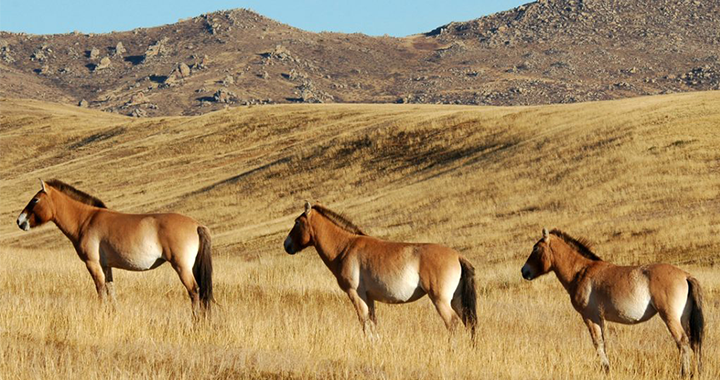

The Hustai National Park protected area lies 100km southwest of Ulaanbaatar and was established in 1993 to preserve Mongolia’s wild takhi (przewalski’s) horses and the environment in which they live. The takhi horse is unique to Mongolia where it existed until the 1960s. It is believed these horses have direct genetic links to prehistoric horses. After the sad extinction of the takhi horses in the wild, these beautiful animals have been reintroduced from captivity and they have taken well to their new freedom. They are not particularly afraid of humans and the harems (one stallion and several mares) are known to come quite close if visitors are quiet and calm. On the territory of Hustai National Park and its buffer zone there are many historical monuments exist lik...
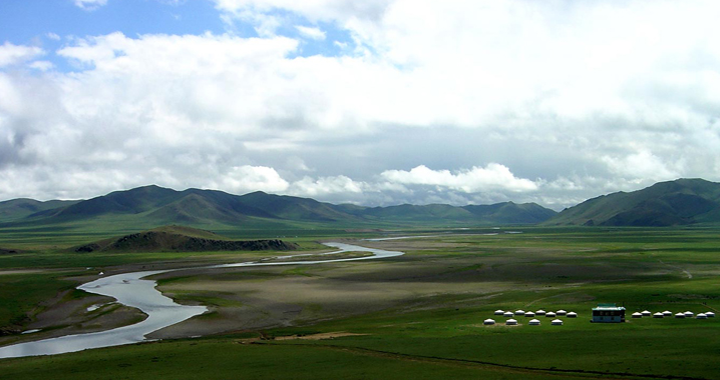

It is one of the most popular eco destinations of Mongolia and covers about 20000 hectare. Amazingly, Gun-Galuut is the state combined from diversity of ecosystem although it owns comparatively small area. The harmonized complex of high mountains, steppes, rivers, lakes and wetlands as well are kept enough as its original condition. It is a home to endangered wild Mountain sheep-Argali, White napped crane, Siberian white crane, Hooded crane and the rare black stork, Azian heron, Whooper swan, Swan goose and so on. Over 200 Argali sheep inhabit peacefully in Gun Galuut now. Whoever visiting enjoys to see Gun-Galuut vast steppe seems to meet the sky, the imposing mountains Baits and Berkh, a home land of rare creatures, Ikh-Gun and Ayaga lakes, a paradise of bird...
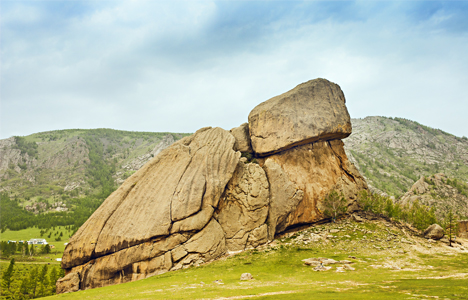

Terelj, about 80km north-east of Ulaanbaatar, is a deservedly popular destination. At 1600m, the area is cool and the alpine scenery is magnificent, and there are great opportunities for hiking, rock climbing, swimming (in icy water), rafting, horse riding and, for hard-core extreme sports fanatics, skiing in the depths of winter. Most visited is the turtle rock and the dinosaurs park. Terelj was first developed for tourism in 1964 and 30 years later it became part of the Gorkhi-Terelj National Park. To the north-east, the park joins into the Khan Khentii Strictly Protected Area, comprising over 1.2 million hectares of the Tov, Selenge and Khentii aimags. The Khan Khentii park is almost completely uninhabited by humans, but it is home to endangered species of moose, brown bear an...
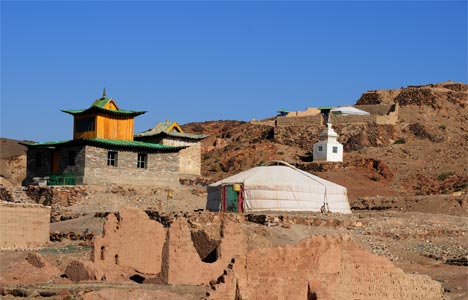

Manzushir Khiid or “Monastery” is located in the southern part of the mountain Bogd Khan Uul, at an altitude of 1800 meters above sea level. The monastery enjoys a beautifully stunning setting surrounded by a forest of Siberian larch with a backdrop of natural granite cliffs eroded into tors of huge rounded boulders. Many thousands have fallen from the cliffs to make a grassy spreading out to the forest. The monastery had over 20 temples and was once home to at least 300 monks but was destroyed in the 1930s. A reconstruction project is underway. The main temple has been restored and converted into a museum but the other buildings in the area remain in ruins. The ruins of the original monastery, dating from 1733, are clearly visible. A god image, carved in the granite rock at...